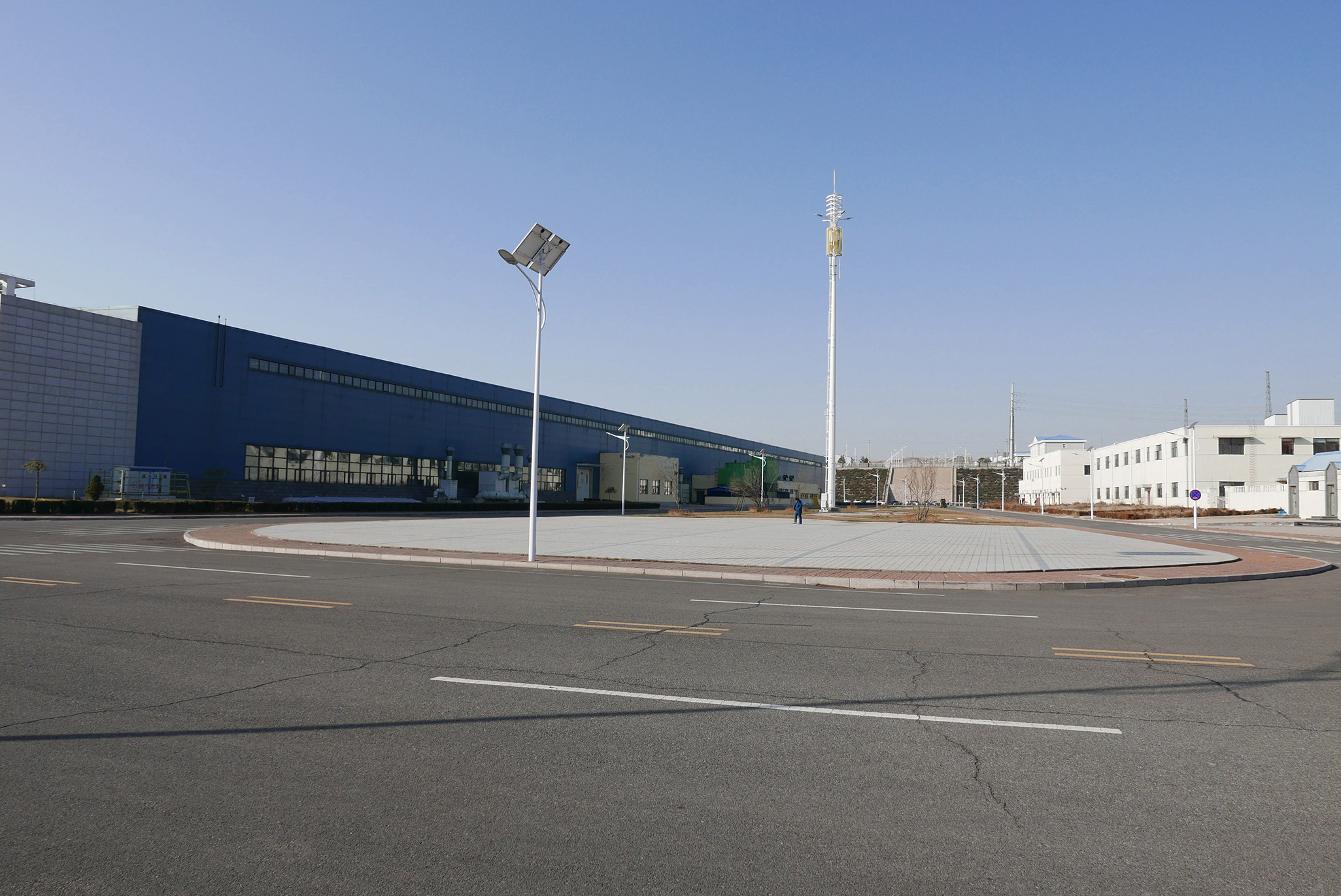Nov . 14, 2024 06:19 Back to list
sizing shell and tube heat exchanger
Sizing Shell and Tube Heat Exchangers A Comprehensive Guide
Shell and tube heat exchangers are widely used in various industries due to their efficiency, versatility, and ease of maintenance. Sizing these heat exchangers correctly is crucial for optimal performance, ensuring that they meet the required thermal performance while maintaining cost-effectiveness.
To begin with, the sizing process revolves around understanding the specific application requirements, including the fluids involved, their flow rates, temperatures, and pressure drops. The first step is to determine the heat transfer duty, which is the amount of heat that needs to be transferred between the two fluids. This can be calculated using the formula
\[ Q = \dot{m} \cdot c_p \cdot \Delta T \]
where \( Q \) is the heat transfer rate, \( \dot{m} \) is the mass flow rate, \( c_p \) is the specific heat capacity, and \( \Delta T \) is the temperature difference between the inlet and outlet streams.
Once the heat transfer duty is established, the next step involves calculating the required surface area for heat exchange. The surface area can be derived from the heat transfer equation
sizing shell and tube heat exchanger

\[ Q = U \cdot A \cdot \Delta T_{lm} \]
where \( U \) is the overall heat transfer coefficient, \( A \) is the heat exchange area, and \( \Delta T_{lm} \) is the log mean temperature difference between the two fluids. The overall heat transfer coefficient considers factors such as fluid properties, flow arrangement (counterflow or parallel flow), and fouling factors that can affect heat transfer performance.
The selection of shell and tube heat exchanger geometry—such as the number of tubes, tube diameter, and shell diameter—plays a significant role in achieving the desired thermal performance. Standard configurations and common materials of construction should be considered, as they influence the exchanger’s design, cost, and longevity.
Another important aspect of sizing is the consideration of pressure drops. Both the shell-side and tube-side pressure drops must be evaluated to ensure that the system operates efficiently and complies with the design specifications. Excessive pressure loss can lead to increased pumping costs and reduced system effectiveness.
Ultimately, proper sizing of shell and tube heat exchangers is a complex process that requires careful consideration of various parameters to ensure efficiency, reliability, and cost-effectiveness in thermal management systems. Engineering professionals must conduct detailed analyses and apply industry best practices to achieve optimal results, ensuring that the heat exchanger meets the specific needs of the application while adhering to safety and operational standards.
-
Premium Cast Iron Water Main Pipe for Robust Infrastructure
NewsAug.27,2025
-
A-Rated Cast Aluminum Boilers: High-Efficiency Condensing Gas & LPG
NewsAug.26,2025
-
OEM Cast Silicon Aluminum Alloy Heat Exchanger | Custom & High Performance
NewsAug.25,2025
-
Centrifugally Cast Iron Water Main Pipe | Ductile Iron Solutions
NewsAug.24,2025
-
Durable Cast Steel Concrete Pipe Mold Bottom Rings & Base Trays
NewsAug.23,2025
-
Centrifugally Cast Iron Water Main Pipe for Reliable Mains
NewsAug.22,2025


